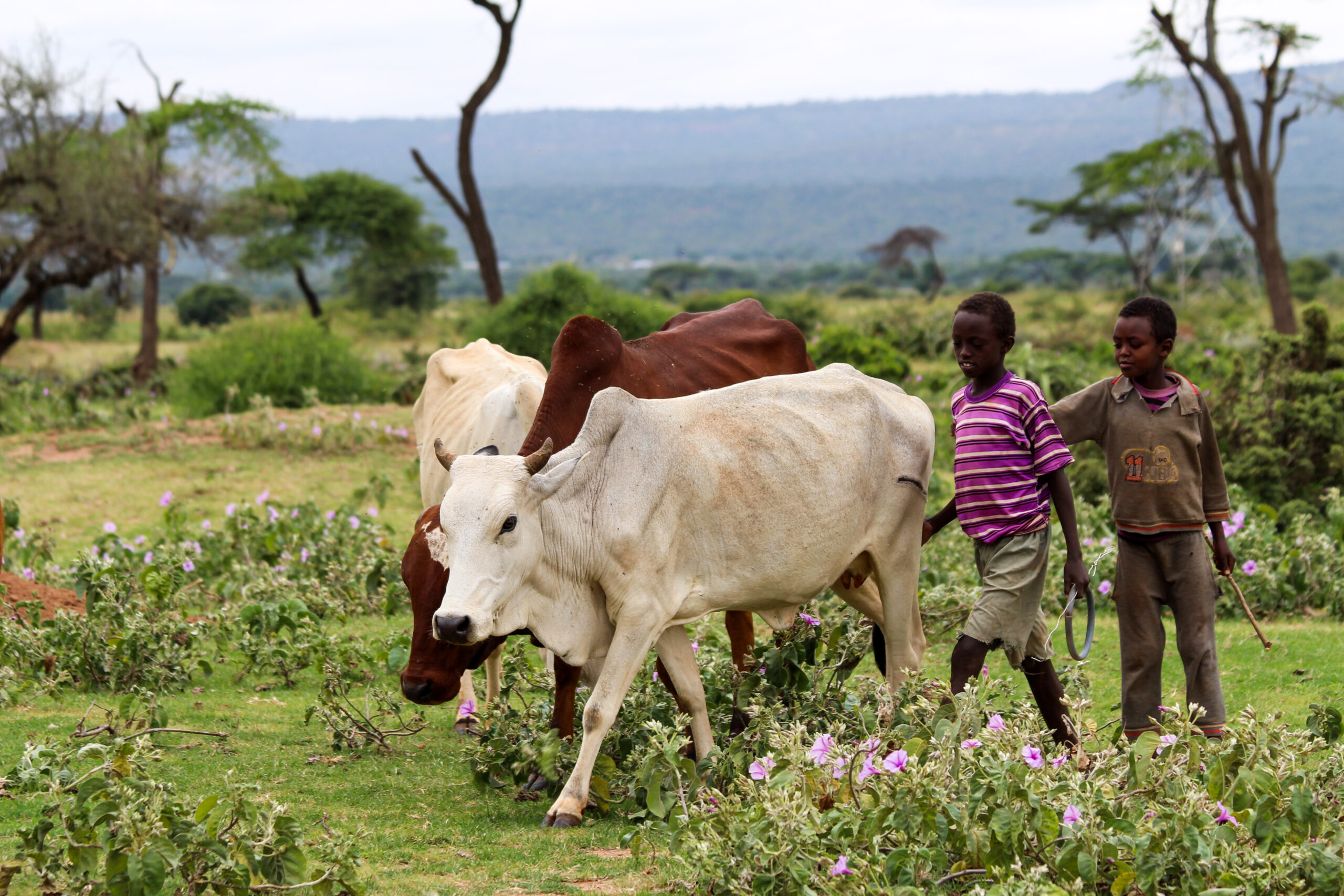Recent progress and future priorities for greenhouse gas emissions from livestock in Africa
-
From
CGIAR Initiative on Low-Emission Food Systems
-
Published on
07.09.22
- Impact Area

By Michael Graham
Ruminant livestock are essential for livelihoods of millions of people in Africa. However, African livestock systems are threatened by climate change due to increased heat stress and reduced feed for animals, among others. At the same time, livestock also contribute to climate change and are the main source of greenhouse gas (GHG) emissions in many African countries, thereby exacerbating the problem. For this reason, many African governments have prioritized reducing GHG emissions from ruminant livestock in their national climate change goals. To meet these goals, African countries need better information on GHG emissions from their livestock systems, but research on these emissions has so far been limited and not been assessed comprehensively.
To fill this information gap on livestock GHG emissions, researchers at ILRI’s Mazingira Centre and a team of international collaborators comprehensively reviewed all published studies on GHG emissions from livestock systems in Africa. The study assessed the current state of research and made recommendations for future research priorities to reduce uncertainties in livestock GHG emissions.
The study found that while some progress has been made on research on GHG emissions from livestock systems in the last few years, there are still large gaps that need to be filled before GHG reductions from livestock can be implemented in most African countries. Research has thus far mostly focused on emissions of enteric methane produced by ruminants such as cattle, sheep and goats. Methane is a potent GHG produced by ruminants during digestion of food through enteric fermentation. We found that methane emissions from cattle during enteric fermentation were 15% lower than previously reported, which could indicate that cattle in Africa have a lower impact on the climate than expected. On the other hand and partially offsetting this, sheep and goats had higher methane emissions than previously reported for Africa.
Click here to read the full article on ILRI.org
Photo credit: Young boys herding cattle in Ethiopia / Camille Hanotte / ILRI
Related news
-

COP30 Week 1: Negotiation Highlights and CGIAR Perspectives
Climate Action Science Program17.11.25-
Adaptation
-
Climate adaptation & mitigation
-
Mitigation
Week 1 of COP30 in Belém, Brazil – set against the backdrop of the Amazon…
Read more -
-

DTA at COP30: Why Digital Transformation Belongs at the Heart of Climate Action
Climate Action Science Program13.11.25-
Adaptation
-
Climate adaptation & mitigation
-
Mitigation
As the world gathers in Brazil for COP30, the conversations are once again focused on…
Read more -
-

COP30: Italy joins global champions to drive food systems transformation
Climate Action Science Program13.11.25-
Adaptation
-
Climate adaptation & mitigation
-
Mitigation
11 November 2025, Belém: Italy joined the Alliance of Champions for Food Systems Transformation (AC…
Read more -
